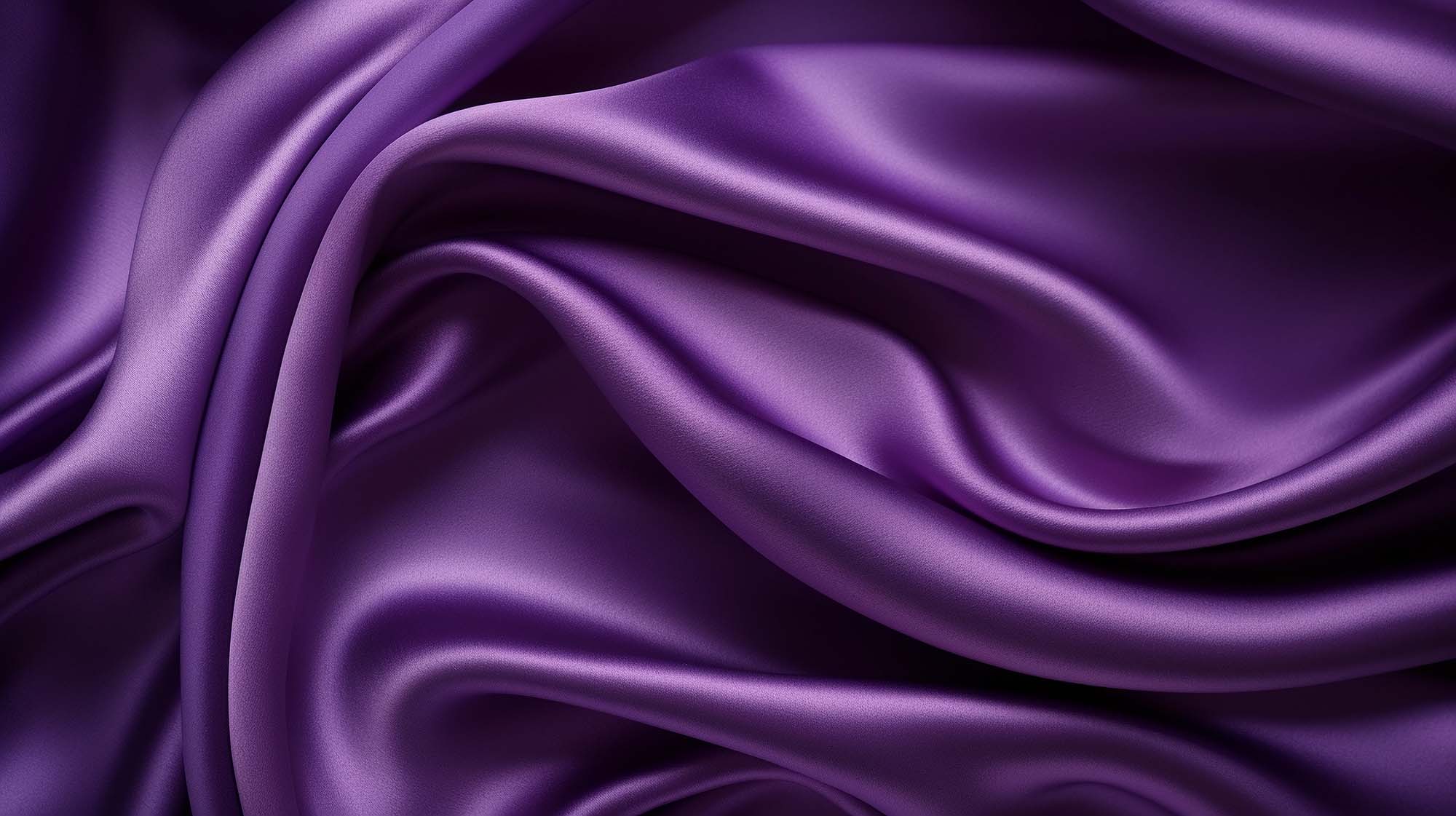artist statement: the creation of red mona
by Christy Sheffield Sanford
Red Mona, a mixed genre work, emerged from a Guy de Maupaussant story, "Petit Soldat." The cards refer directly or obliquely to that piece, but always the mosaic-like story of Simone de Milo* seeks an independent identity. Collages, influenced by fashion, establish a sub-theme on the seductions of feminine accoutrements. A Sixteenth Century Illuminated manuscript, Mira Calligraphiae Monumenta, provided an important inspiration. And not to be underestimated is he coolness I often associate with formal education (Flash cards are one extant example), which tends to unleash my more passionate yearnings.
The same I’ve given De Maupaussant’s unnamed female character.
Red Mona went online in late 1995. Here is the story of how the project began. After graduating from Antioch University, I applied for a position as Visiting Writer at the University of Toledo. I wanted to be producing work as I was teaching. One day, my English Department colleague and friend Joel Lipman dropped by to give me a set of French Flash cards. I teased him about this episode as the beginning of my downfall. Joel creates poetry that involves images, and he knew of my tendency to combine image and text. In my thesis, I had works that were straining discipline borders and outright violating respected constraints. For some reason, I had brought with me from Florida old Vogue and Bazaar magazines.
The idea for a Web project began to foment. I’d read the Guy de Maupassant short story “Two Little Soldiers” in translation. Originally the story was published in French as Petit Soldat. The story involves two soldiers Luc and Jean in love with the same unnamed woman. I believe Alice Walker advanced the feminist idea “each one save one.” I had already created a chapbook about the ballerina Marie Taglioni, which had won a prize and been made into a book and performance art piece. I had, by then, created many shorter pieces about women, including My Antonia about Willa Cather. Now I was to create a piece for an imagined character. I named her Simone de Milo, Red Mona for short.
Fleshed out, Red Mona was liberated and spirited. Carolyn Guertin wrote the most perceptive project review. The individual cards favored the woman’s point of view. Cards were collaged with bits of seductive imagery that fashion magazines have favored since their inception. I glued images around words on the flash cards. The images and French phrases on the cards were inspiring. I used Aldus FreeHand to warp and experiment with various fonts, which I printed on transparent overlays and sealed to the cards. The story was non-linear. The piece could be entered at any point. I thought the cards could appear randomly, and French sound files would accompany the word or phrase to be learned.
Readers could catch the story’s drift and create their own rendition. My feeling was that linking to tree-like alternatives is not necessary for exploration. When encouraged to envision new options, you might experience more freedom. Many forms can and should exist to create art, literature, and multimedia presentations on the computer and phone screens. I love those who perform technical feats beyond me. After completing the cards and returning to Gainesville, FL, I found people at the University of Florida who could help realize the project. Robert Forsman, owner of Purple Frog, agreed to host the project, and Bradley Spatz scanned the cards, created the HTML, random number table, and made the project viable.
I am grateful to the Electronic Literature Lab (ELL) at Washington State University Vancouver for re-creating The Red Mona project. It continues to be a pleasure to work with Dene Grigar, Director of ELL, and the team: Holly Slocum who redesigned the project presentation and wrote the HTML and CSS, Greg Philbrook who programmed the JavaScript, Sydney Nguyen who optimized the cards, and Andrew Thompson who edited the sound files.
In summary, Red Mona has feminist roots. The piece is intricately connected to my personal obsession with triangle-stories, a passion for image and text in equal measure, and a natural affinity with genre fusion and interdisciplinary work.
